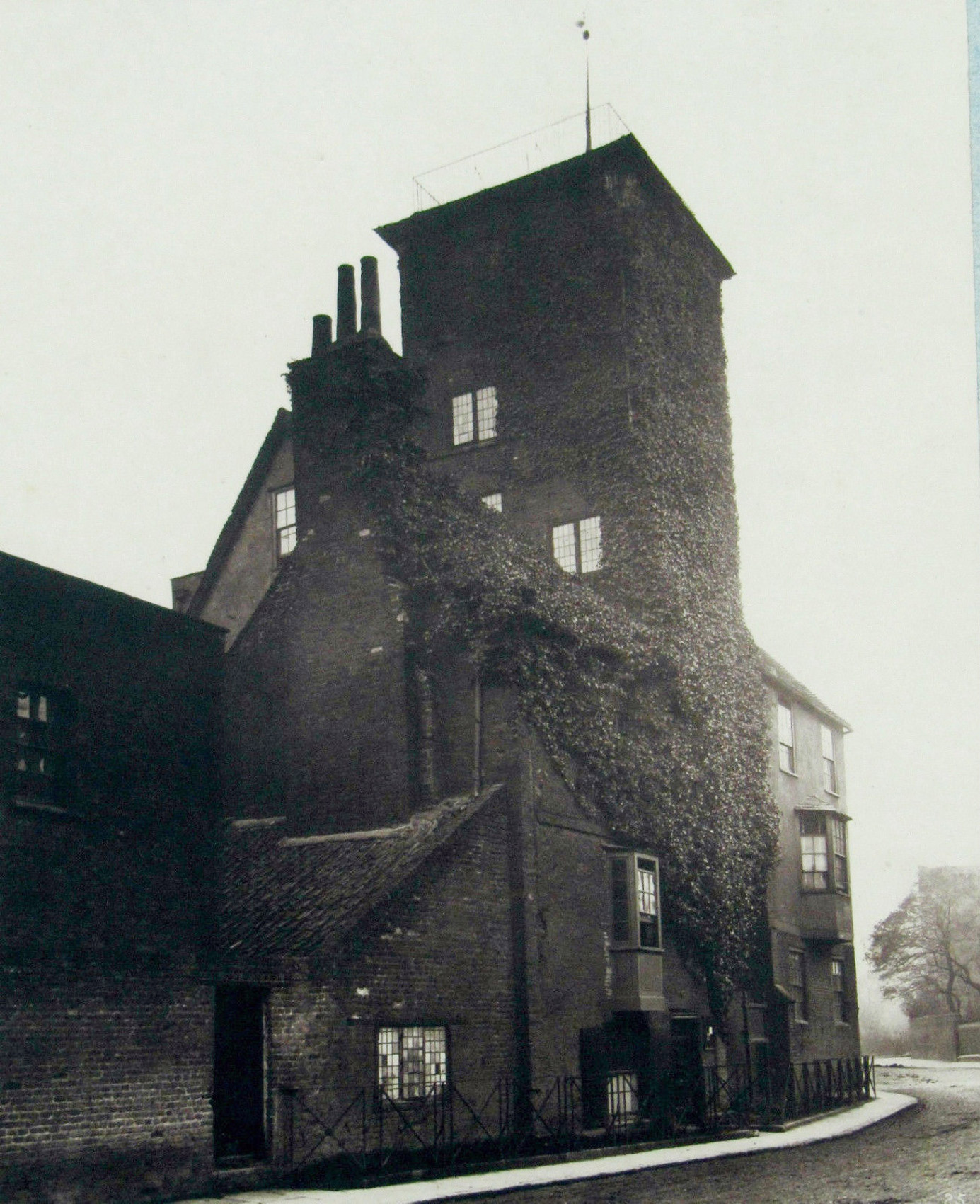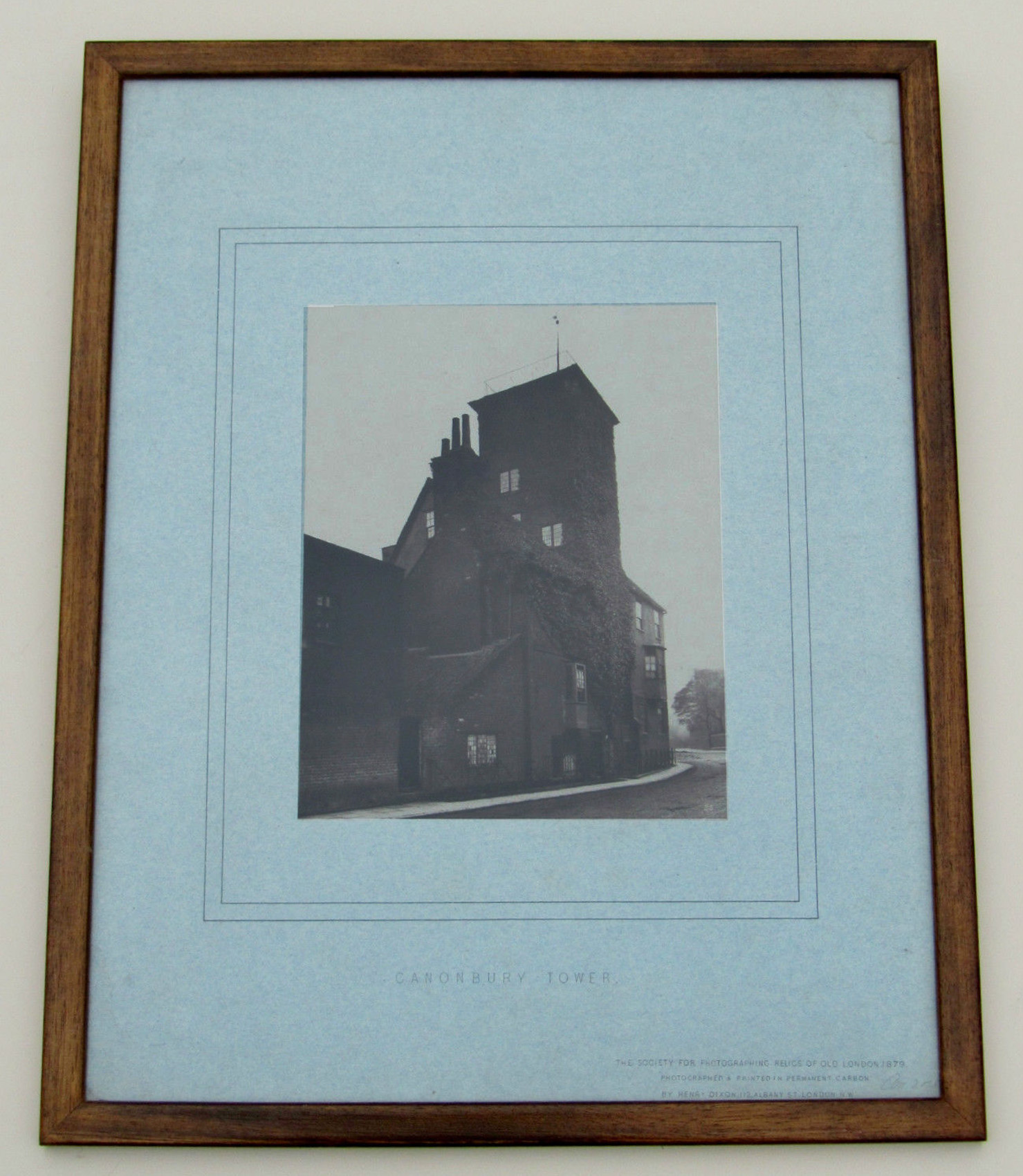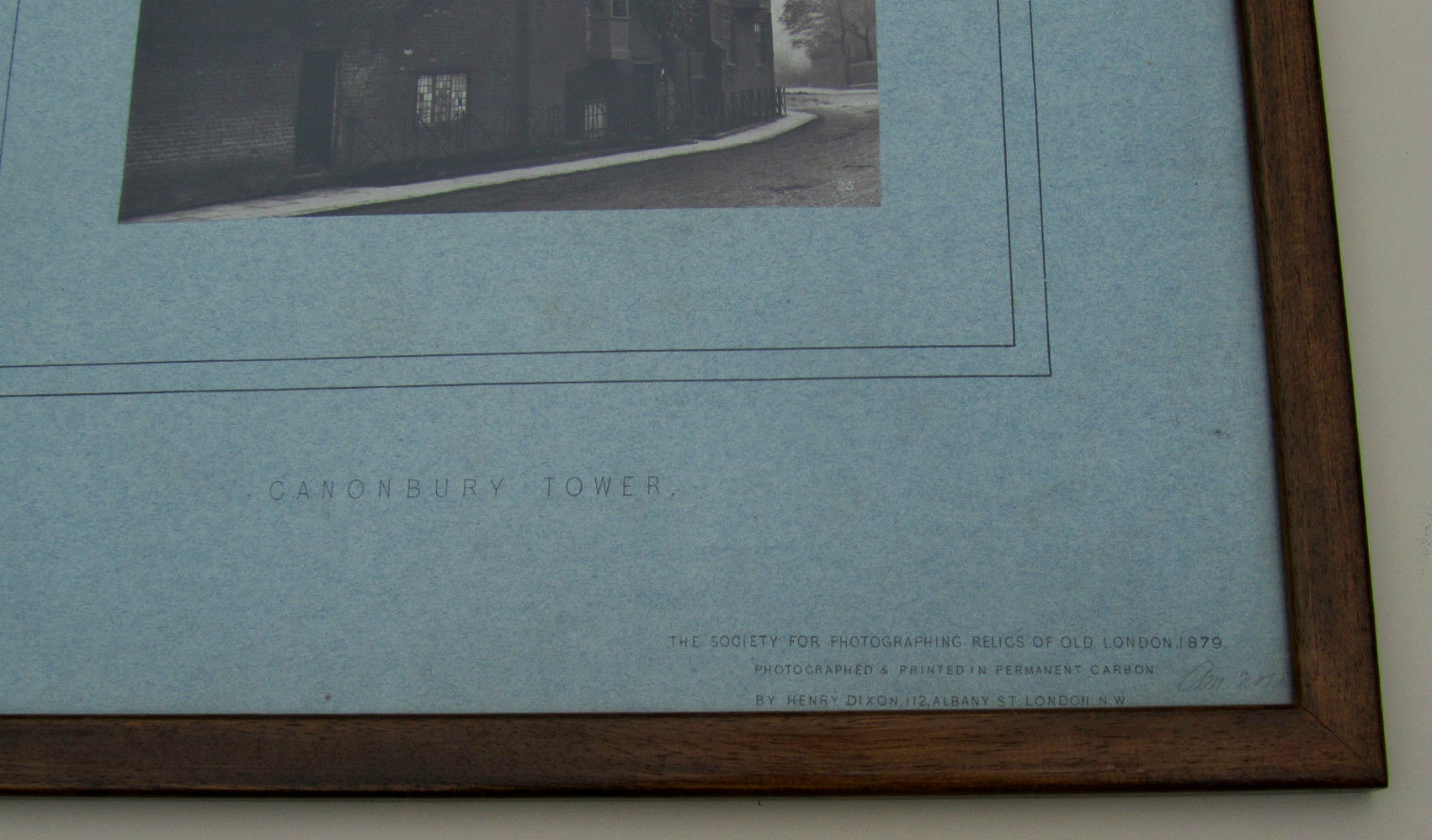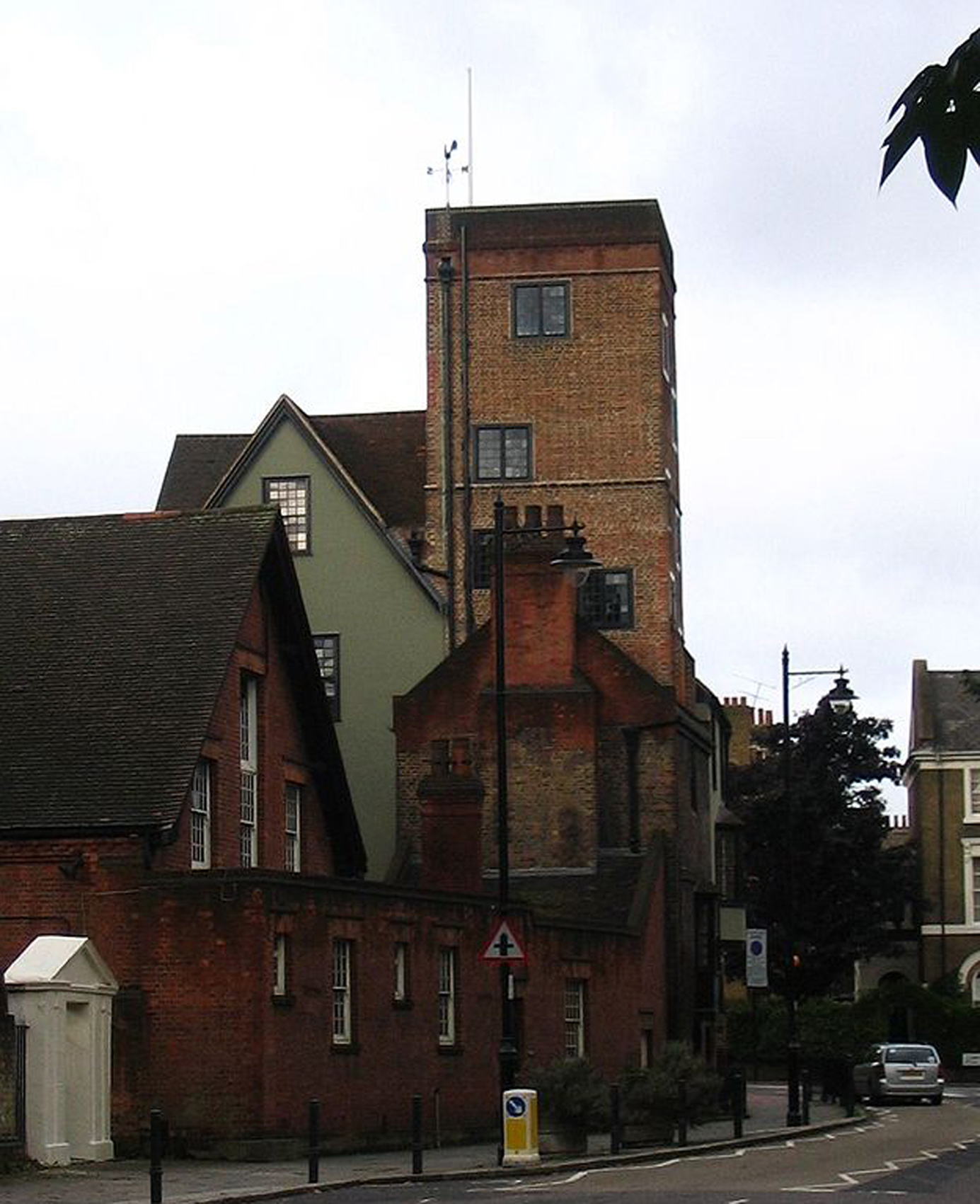
Henry Dixon
Canonbury Tower 25 by Henry Dixon 1879
Henry Dixon
( b. 1820; d. 1893 )
It can sometimes take many years before the significance of someone’s work can be fully appreciated. Such a person is Henry Dixon, the first exhibition devoted solely to his work taking place in 1999.
Dixon stands out not because of his discoveries, or because he introduced a new technique in photography, but simply because he made what must be the very first systematic photographic record of London. Dixon recorded the Holborn Valley Improvements, one of the largest building projects undertaken in mid-Victorian London which altered the face of that section of the City. Most famously he photographed London’s threatened buildings in the 1870s and 80s.
He did this for the “Society for the Photographing of Relics of Old London” Amongst the subjects recorded were the galleried coaching inns which had existed in some form since the time of Chaucer and which were swept away by the coming of the railways. Most ended their days as slum dwellings before being demolished. Only one, the George, now survives.
Dixon originally trained as a master copper-plate printer and joined the very first wave of high-street photographers. As a commercial photographer the range of his commissions was wide – from portraiture to photographing pianos, from photographing the animals in London Zoo to the Arctic Expedition of 1875 on the eve of its departure from Portsmouth. It is for his London photography, however, that he is now best remembered.
Dixon brought a technical excellence to all of his photographs as well as an eye for composition. He was a master of the beautiful and permanent carbon process (all of the SPROL images are carbon prints) which many photographers avoided for its difficulty. Dixon seemed to thrive on such challenges and even published articles on new technical developments. Defying the London smog, the jostling crowds, the dirt, the dust and the complicated and volatile processes of the camera Dixon preserved a London in transition. Here it is, captured in the vulnerable yet surprisingly permanent medium of the photograph.
Henry Dixon took a series of photographs in the late 1870's, which were printed as carbon prints, for the Society for Photographing Relics of Old London. This original print is one of several views taken of the Canonbury Tower in Islington.
The building dates back to the late Middle Ages and was home to a number of famous individuals, including Sir Thomas Cromwell (it was from here he was taken to his execution in 1540) and the writer Oliver Goldsmith. The Tower Theatre Company was based here from 1953 to 2003. It is currently used as a Masonic research centre.
The print is mounted on its original blue mount card, on which is printed the name of the building and details of the photograph. The photo has number 25 in the bottom right corner from the negative. The frame is a simple beech frame. Both photo, mount and frame are all in excellent condition. Carbon prints are known for their permanence, and this is no exception, with just a slight sepia tinting.
The photo image measures approximately 7 x 9 inches and the frame 19 x 15 inches.
Collection Philippe Berger 2015
Vintage original Carbon Print of Henry Dixon, 1879, Canonbury Tower of London, on vintage frame


Carbon print, Henry Dixon, 1879, Canonbury Tower, London
The photo image measures approximately 7 x 9 inches and the frame 19 x 15 inches.
Copyright and Collection Philippe Berger 2015


